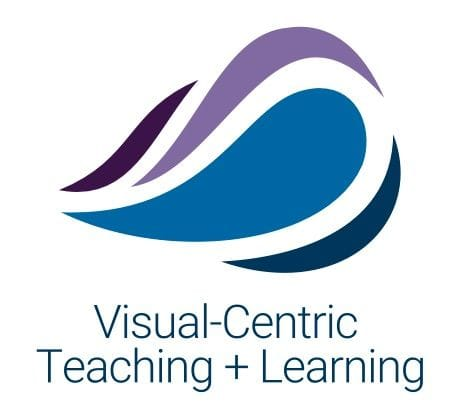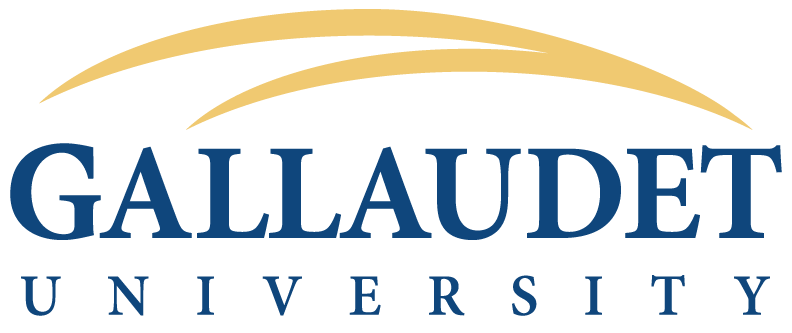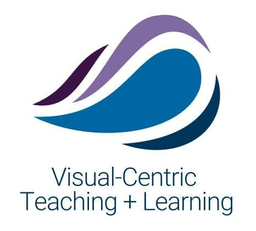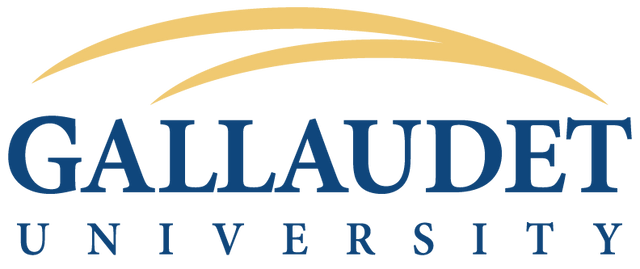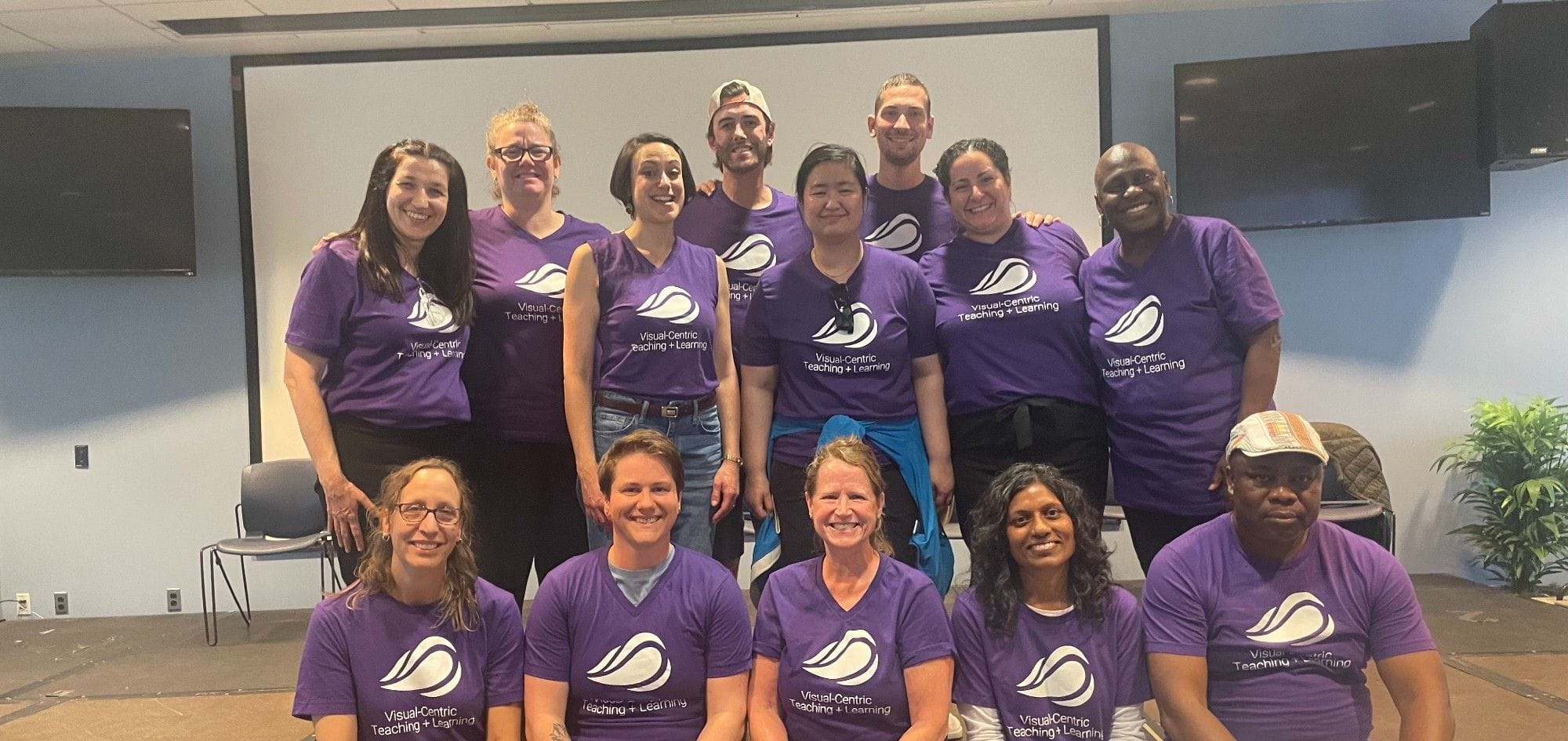
ABOUT
The Project
The Andrew W. Mellon Foundation awarded Gallaudet University a grant in 2020 to support creating and implementing a groundbreaking approach for raising the caliber of teaching and learning for Deaf** students and other students who rely on visual learning approaches. This funding facilitated the development of state-of-the-art, cutting-edge bilingual digital tools and instructional strategies that prioritize visual learning that is culturally responsive and trauma-informed within a wellness-centered model.
Purpose
The VCTL project’s ultimate goal is to become a global model for improving teaching effectiveness, advancing student learning outcomes, and enhancing the overall quality of teaching and learning for deaf and other students who learn best visually. Gallaudet University sought funding to lay the groundwork for socially just teaching and learning in higher education, particularly for deaf students. We proposed doing so by transforming university pedagogy into a learning experience that is rooted in American Sign Language (ASL) and English bilingualism. This work provides a foundation for digitally adaptive learning that is tailored to the strengths and needs of visual learners.
Gallaudet University’s Mission, Vision, and Context
President Abraham Lincoln signed Gallaudet University’s charter in 1864 with the unique purpose of providing visually accessible higher education for deaf and hard of hearing students. While Gallaudet has always been a bilingual institution with instruction through American Sign Language (ASL) and English, the implementation of actual bilingual pedagogy has been slow due to a century of attempts to suppress signed language-based learning. Only thirteen years ago, in 2007, the Board of Trustees formally acknowledged Gallaudet’s ASL and English bilingual education in the university’s mission and vision statement. The mission commits the university to creating an intentional, inclusive, and supportive environment that fosters academic discourse, critical thinking, and career preparation among students.
Gallaudet’s commitment to ASL and English visual-centric bilingual education has progressed slowly since 2007. With the arrival of a new president in 2016, the need for definition, explicit methods, and widespread adoption of the visual-centric bilingual mission grounded in cultural values and adaptable for all students crystallized. This promise is undergirded by our experience in the Association of Chief Academic Officers (ACAO)/Gates Foundation Digital Fellows Project as well as faculty and staff training through the Bilingual Approaches Seminars and Multicultural Curriculum Transformation Institutes. Since then, the university has developed the Bilingual Mission Framework and formalized it in the role of Chief Bilingual Officer in 2019.
Gallaudet has taken on a rare place in higher education as a university whose visual-centric, bilingual, and culturally responsive character is foundational to achieving its mission (Simms & Thumann, 2007). The NSF-funded Science of Learning Center at Gallaudet on Visual Language and Visual Learning (VL2), which seeks to determine the effects of visual processes, visual language, and social experience on the development of cognition, language, reading, and literacy for the benefit of all humans, adds to the university’s unique position. The VCTL project was designed to lay the foundation for Gallaudet to model pedagogy and support that will repay the academic and social development debt owed to deaf learners (see Ladson-Billings (2006) for a discussion of academic debt versus academic achievement gaps).
Visual-Centric Learning
Gallaudet’s role is all the more crucial in light of the critical importance of visual learning in the 21st century. Students learn more than half of what they know through visual means, and students are increasingly arriving at universities as visual learners. Despite the growing amount of visual living and learning, instruction, particularly in higher education, continues to rely on content delivery via spoken language and print communication. Visual-centric teaching and learning are desperately needed to ensure universal access. Gallaudet is thus uniquely positioned to simultaneously serve as an example of cutting-edge, visual-centric bilingual, culturally responsive, and trauma-informed education for all learners of all ages while maintaining a focus on student-centered experiences such as extracurricular activities, academics, and research.
Because of its potential to provide a meaningful, equitable education for linguistically diverse learners, visual-centric bilingualism constitutes a social justice imperative (Ladd, 2003; Garcia, 2009). Deaf people are visual people who must live and learn visually through a visually-based language. At Gallaudet, ASL-English bilingual pedagogy is vital to academic and developmental excellence by addressing systemic needs to achieving equity and social justice.
Culturally Responsive, Trauma-Informed Pedagogy
Gallaudet’s vision to empower its diverse graduates with the knowledge and practical skills necessary for achieving personal and professional success in the changing local and global communities in which they live and work necessitates the development, teaching, and assessment of an engaging curriculum responsive to all learners, including DeafBlind students and students raised in other countries. This same goal is also an essential mandate of socially just higher education. As a result, providing professional development that integrates culturally responsive, trauma-informed, and visual-centric ASL-English bilingual pedagogy is fundamental to the future of Gallaudet University. Such professional development allows faculty to learn how to develop curricula content, pedagogical approaches, and methods of evaluating student learning that transform current teaching and learning practices. Faculty must also be given opportunities to learn how to build positive relationships with increasingly diverse student populations as well as how to create more supportive educational environments in which that interaction can take place (Clark, 2010).
Trauma-informed education (TIE) is one model for building supportive relationships. Just as social justice has become an imperative for higher education, so too has the recognition of the pervasiveness of trauma’s impact on learners in our unjust society. While trauma affects many learners across racial and socio-economic lines, neighborhoods, and historical backgrounds, it is especially prevalent among those whom societal and structural inequities have directly oppressed. The COVID-19 pandemic has further exacerbated previous traumas for Gallaudet students. We hoped to use the VCTL project’s resources for faculty and staff development to prepare them to provide a learning milieu that responds to our learners’ past, present, and future.
At its most basic, TIE is defined as approaching education with an understanding of trauma’s physiological, social, emotional, and academic impacts on students brought about by adverse life experiences. Individual trauma, including exposure to violence and abuse, intersects with culture, history, race, gender, location, and language. TIE acknowledges the compounding impact of structural inequity while simultaneously being responsive to the unique needs of diverse communities. To make these connections explicit, we use the terms culturally responsive and trauma-informed pedagogy together.
Digital Learning for Deaf Students
Gallaudet University offers a one-of-a-kind opportunity for an ASL and English bilingual campus environment. There have always been students who are unable to attend all or most of their programs on campus here in DC due to financial or other constraints. The recent pandemic highlighted the need for more robust professional development in online education in general, paired with a call for enhanced online learning experiences with stronger visual elements. Online learning, which offers the potential to reach a much more comprehensive array of students across the US and the world, will remain an essential aspect of Gallaudet’s teaching and learning. There is some evidence, however, that online courses exacerbate performance disparities already observed in face-to-face classrooms between key demographic groups (e.g., gaps between male and female students and gaps between white students and those of the global majority) (Xu & Jaggars, 2014). As a result, it is imperative that faculty be well-prepared to attend to ASL-English bilingual, culturally responsive, and trauma-informed strategies for teaching and curriculum transformation in this era of increased use of digital learning.
The VCTL Project’s Long-Term Sustainability, Outcomes, Benefits, and Institutional Changes
• Developing seminars to provide training to faculty and staff
• Producing an extensive, comprehensive digital video library of exemplary best practices
• Providing faculty mentors and coaches to train and support educators in putting best practices into action
• Adapting teaching strategies and course content to establish multiple approaches to addressing critical social issues, such as racism, sexism, economic injustice, and audism
• Giving campus-wide professional development on how to integrate visual-centric, ASL and English bilingual, culturally responsive, and trauma-informed standards
• Redesigning courses for visual-centric, bilingual, culturally responsive, and trauma-informed pedagogy
References
Clark, C. (2010). Effective multicultural curriculum transformation across disciplines. Multicultural Perspectives, 4(3), 37-46. Source
García, O. (2008). Bilingual education in the 21st century: A global perspective. Wiley-Blackwell.
Ladd, P. (2003). Understanding Deaf culture: In search of Deafhood. Multilingual Matters.
Ladson-Billings, G. (2006). From the achievement gap to the education debt: Understanding achievement in US Schools. Educational Researcher, 35(7), 3-12. Source
Simms, L., & Thumann, H. (2007). In search of a new, linguistically and culturally sensitive paradigm in deaf education. American Annals of the Deaf, 152(3), 302-311. Source
Xu, D., & Jaggars, S. S. (2014). Performance gaps between online and face-to-face courses: Differences across types of students and academic subject areas. The Journal of Higher Education, 85(5), 633-659. Source
**VCTL is using the term deaf in an all-inclusive manner, to include people who may identify as D/deaf, DeafBlind, DeafDisabled, hard-of-hearing, late-deafened, and hearing impaired.
